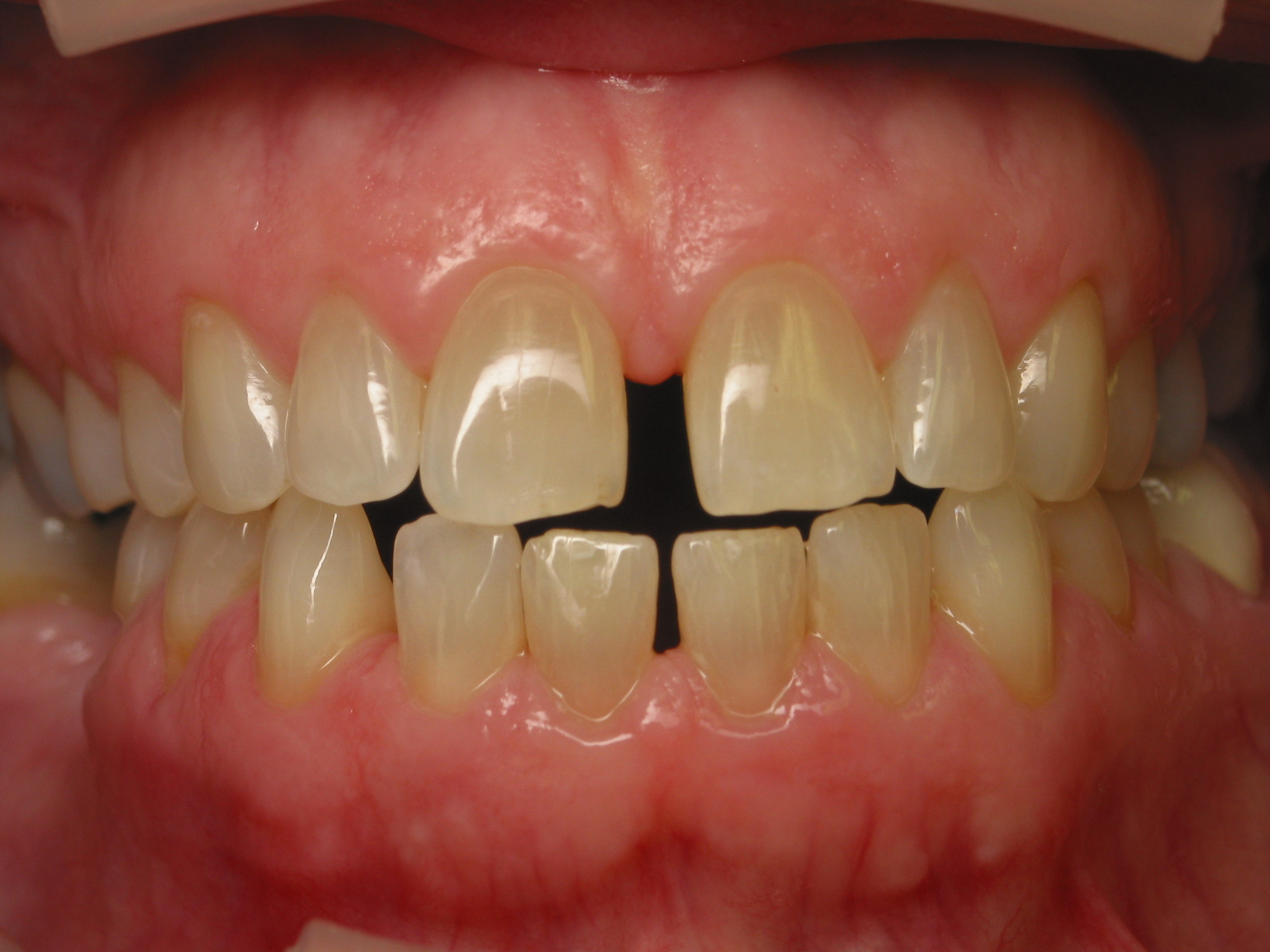

How to Choose the Right Corrective Approach They can be removed for eating and drinking, tooth care and special events, but should be worn at all other times for best results. Invisalign can also be a good alternative to more orthodontia if tooth or bite shifts are a little more pronounced. Invisalign retainers are temporary and removable just like temporary maintenance retainers. This is a system that uses retainers to achieve a straight smile and well-aligned bite. New orthodontia treatments like Invisalign can also be used to correct shifts that occur after a course of orthodontic treatment. The degree of shift will determine whether a retainer can actually re-correct the shifting teeth or simply halt any further shifts. How Do Retainers Help Correct Minor Bite Shifts?īoth temporary and permanent retainers help to correct minor shifts in teeth and bite by guiding the teeth back to their corrected positions. But temporary removable retainers are also a good option, especially for responsible older teens and adults who will wear them regularly but may want to take them out for special occasions. Clearly, permanent retainers are much less likely to get lost! And they are at work 24/7 training the newly corrected teeth to maintain their positions. There are pros and cons to both types of retainers. Some retainers – particularly for the highly movable front four teeth in the lower jaw – are adhered with orthodontic adhesive to the backs of the teeth to hold them firmly in place. Retainers may also be permanent (often called “fixed” or “bonded” retainers). Most retainers today are made of clear material or include an inner skin-colored bridge with a single thin metal wire that is visible across the teeth. Typically these temporary retainers are designed to be easily removed for flossing and brushing or special occasions.

Most corrective and maintenance retainers today are barely visible when in place. The purpose of this is to ensure your teeth don’t shift back to their original positions. How long does it take for retainers to move teeth back?įor the first three months, the orthodontist usually recommends that you wear your teeth straightening retainers at least 12 hours per day for this period, then when you sleep as for the remainder of your orthodontic treatment. This is because the mouth tissue and bone is still growing rapidly. It is also important to recognize that, the younger the patient is when braces come off, the more likely it is that the teeth will shift if retainers are not worn faithfully. The key point is that shifts don’t have to be major or even very noticeable at first, but left unaddressed, they often grow more pronounced over time.

There are many other types of minor shifts as well, including some that can cause bite misalignment and jaw pain.


 0 kommentar(er)
0 kommentar(er)
